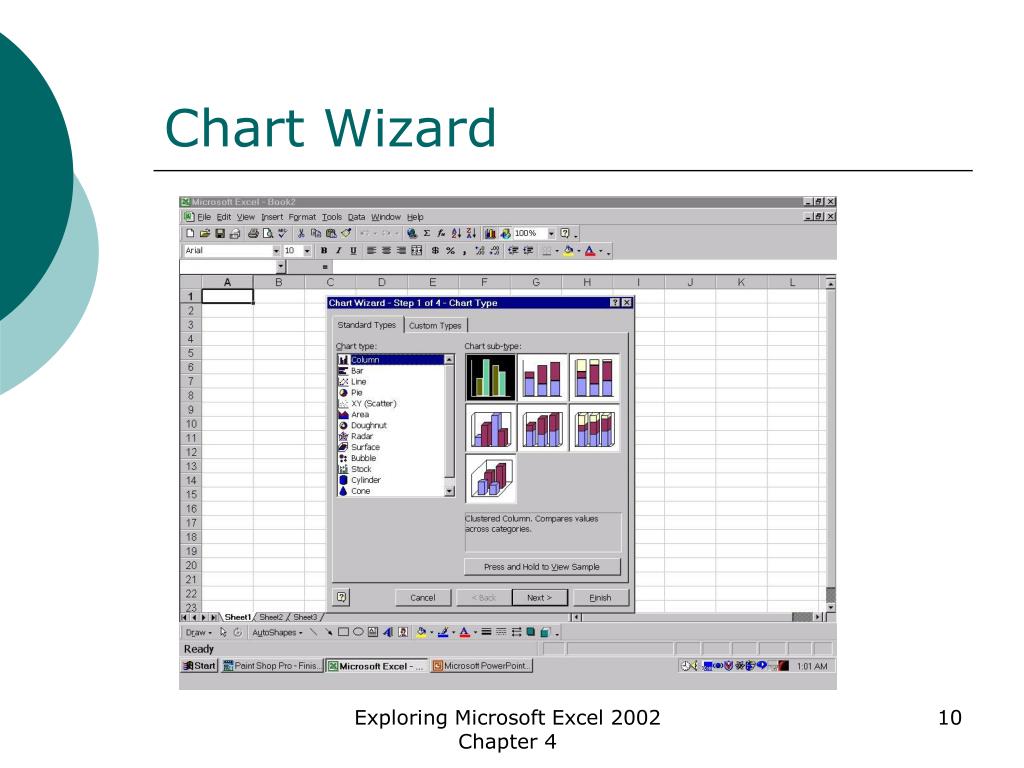

In columns, putting x values in the first column and corresponding y values and bubble size values in adjacent columns, as in the following examples: In columns or rows, as in the following examples: If you already have your data in another table, you can copy the data from that table and then paste it over the sample data. See the following table for guidelines for how to arrange the data to fit your chart type.Īrea, bar, column, doughnut, line, radar, or surface chart In Excel, replace the sample data with the data that you want to plot in the chart.

When you insert a chart into Word or PowerPoint, an Excel worksheet opens that contains a table of sample data. If you don't see the Excel Workbook Gallery, on the File menu, click New from Template.Ĭlick the Insert tab, and then click the arrow next to Chart.Ĭlick a chart type, and then double-click the chart you want to add. From the gallery, you can browse templates and create a new workbook based on one of them. By default, the Excel Workbook Gallery opens when you open Excel.

Note: The Excel Workbook Gallery replaces the former Chart Wizard.


 0 kommentar(er)
0 kommentar(er)
